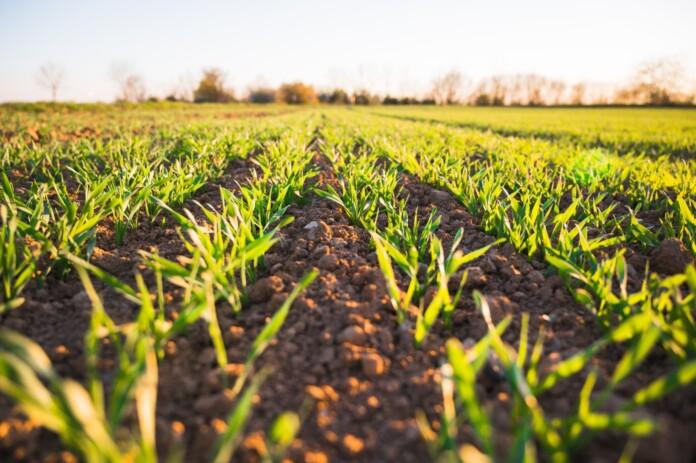Panaji: The Goa government on Tuesday released the Goa State Amritkal Agriculture Policy 2025, focusing on revolutionizing the agricultural sector through organic farming, hydroponics, aeroponics, aquaponics, urban agriculture, and vertical farming.
Chief Minister Dr. Pramod Sawant, in the presence of State Agriculture Minister Ravi Naik, unveiled the policy at Mantralaya, Porvorim, on Tuesday.
Speaking to reporters after the formal launch, Sawant said that the policy promotes organic farming, hydroponics, aeroponics, vertical farming, and urban agriculture. It also encourages the cultivation of cash crops such as mango, cashew, and exotic fruits like avocado, rambutan, pomelo, and grapefruit, with subsidies to support farmers in adopting these high-value crops.
The Chief Minister stated that the policy aims to improve the quality and quantity of agricultural products in the state. As part of this initiative, the government has decided to establish a Farmer Welfare Fund Board and a Distressed Farmers’ Welfare Fund, which will help farmers during calamities.
The policy also seeks to increase the Kisan Credit Card limit for Goa’s 52,000 farmers. It proposes the enactment of the New Goa Farmers Welfare Act to provide guaranteed livelihood security and promote sustainable farming practices.
Sawant mentioned that the policy focuses on key areas such as renewable energy in agriculture, agricultural startups, and innovations. The emphasis is on protecting Goa’s valuable agricultural heritage while incorporating modern farming techniques to boost productivity and sustainability.
The Chief Minister also highlighted that the policy includes plans for restoring degraded agricultural landscapes to healthy ecosystems and emphasizes careful management of water resources through efficient use, rainwater harvesting, and the restoration of traditional water systems.
As part of agro-tourism, farmers with at least 4,000 square meters of land will be encouraged to participate, and strict zoning rules will be implemented to designate specific areas for agro-tourism, he said.



